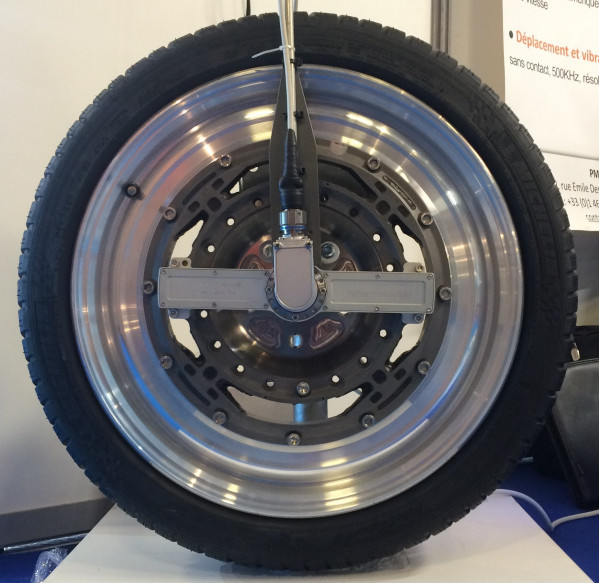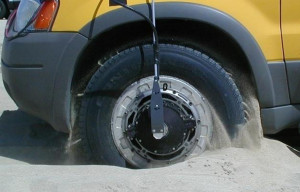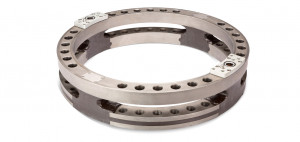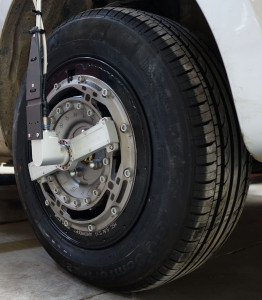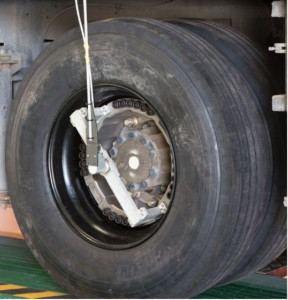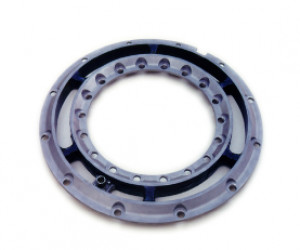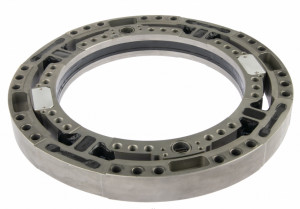Vehicle dynamics testing plays a key role in advancements to the automotive industry. Michigan Scientific offers important instrumentation used in vehicle dynamics: the Wheel Force Transducer. The Wheel Force Transducer is capable of measuring all wheel forces and moments, an essential part of studying and testing vehicle dynamics.
Importance of Vehicle Dynamics Testing
Vehicle Dynamics is the study of a vehicle in motion and how it behaves while in motion. Changes in direction are examined in order to understand how a vehicle performs and handles in a variety of inputs and circumstances. The results of vehicle dynamics testing allow engineers to characterize a vehicle’s performance, safety, comfort, and efficiency.
The three basic directional translations that are generally looked at when considering a vehicle’s dynamics are longitudinal, lateral, and vertical.
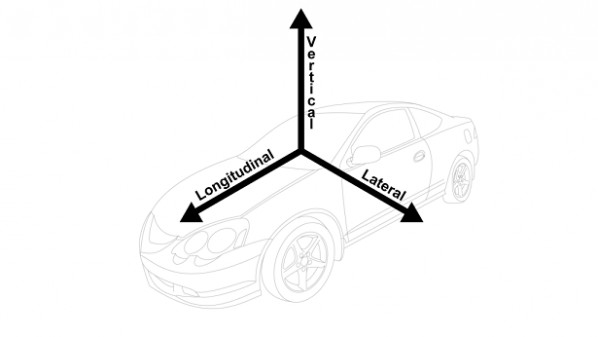
Longitudinal vehicle dynamics are forces and motions in a longitudinal direction (parallel to the vehicle). These forces and motions are used for analyzing top speed, acceleration, breaking, and fuel consumption. The next directional translation is lateral vehicle dynamics (perpendicular to the vehicle). Lateral forces and motions are used to study cornering, handling, and stability performances. The third directional translation is vertical vehicle dynamics (gravitational and ground forces). Vertical forces and motions predict ride comfort, vibration behavior, and road contact.
Along with these translations, there are three directional rotations: roll, pitch, and yaw.

Roll is the rotation around the front to back axis. Pitch is the rotation around the side to side axis. Yaw is the rotation around the vertical axis. These rotations are not as dramatic compared to the directional translations in automotive vehicles; however, these rotations give insight for the way the suspension is reacting to turns, accelerations, and road conditions.
Wheel Force Transducers
Wheel Force Transducers are an ideal tool for measuring the three forces and three moments on a large variety of vehicles. The five main components of the WFT are: the Wheel Force Transducer, the CT2 Transducer Interface Box, integrated signal conditioning hardware, and custom hub and wheel adapters. These work in conjunction to track and record important data points from testing.The transducers not only measure and record all forces and loads acted on a wheel, but they also help determine how well equipment operates under extreme weather and road conditions. MSC WFTs can measure longitudinal force, lateral force, vertical force, camber moment, wheel torque, and steer torque independently and can determine wheel position and speed as well.
Studying vehicle dynamics is easier than ever, thanks to Michigan Scientific Wheel Force Transducers. Contact us to begin discussing your Wheel Force Transducer application.

